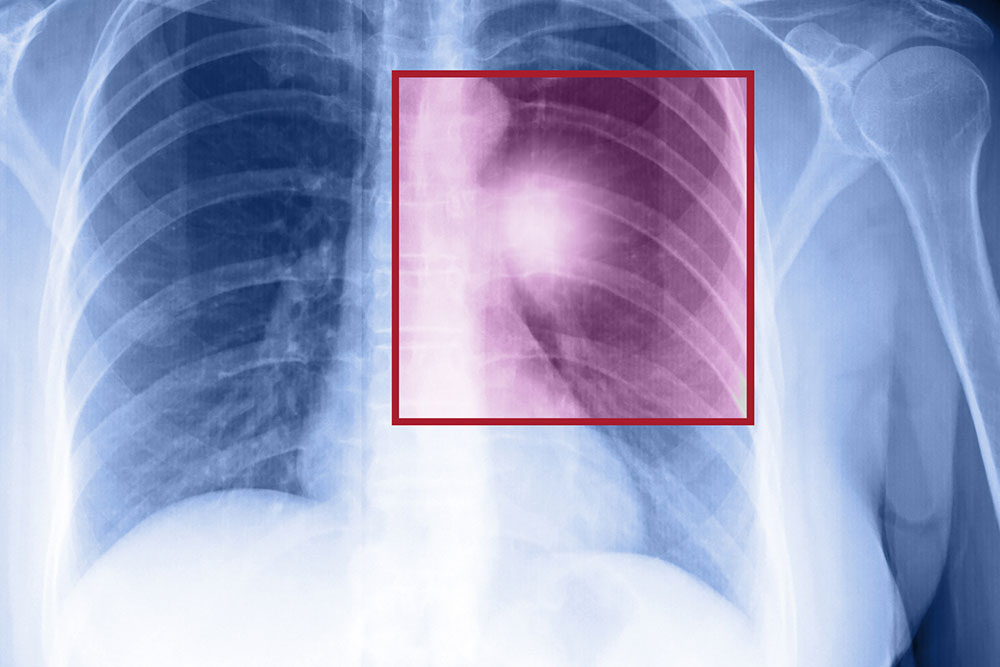Understanding Bladder Cancer: Key Facts and Treatment Options
Bladder cancer is a common malignancy predominantly affecting men and older adults. Early detection through cystoscopy and urine tests improves outcomes. The disease can recur, necessitating ongoing monitoring. Treatment varies by stage, including surgery, chemotherapy, and reconstructive procedures for advanced cases. Recognizing symptoms like blood in urine and pelvic pain is essential for timely diagnosis. Understanding the types and stages of bladder cancer aids in selecting appropriate therapies, aiming for better prognosis and quality of life.
Sponsored

Overview of Bladder Cancer
Bladder cancer ranks among the most prevalent cancers, with approximately 60,000 new cases annually in the country. It predominantly affects men and is more common in older populations, though all ages are at risk.
Origin and Development
This cancer begins in the urothelial cells lining the bladder, which also line parts of the urinary tract.
Since these cells extend into the urinary system, the disease may spread beyond the bladder.
About 70% of cases are identified early, allowing for effective treatment. However, recurrence rates are high, necessitating long-term monitoring.
Common Signs and Symptoms
Symptoms can be subtle and resemble less serious conditions.
Blood in urine, pain during urination, pelvic or back pain, and increased frequency are typical early signs.
Blood might be detectable only through microscopic urine analysis rather than visible in the urine.
These symptoms often overlap with other health issues, so consulting a healthcare professional is advised if they occur.
Diagnosis Methods
Diagnosis involves visual inspections and imaging, including cystoscopy, urine cytology, biopsy, CT scans, MRI, and urography.
Cystoscopy uses a slender tube with a camera to view the bladder lining directly.
Urine cytology examines cells shed into urine to identify malignant changes.
Biopsies, sometimes conducted during cystoscopy (TURBT), remove tissue for analysis and help determine the cancer stage.
Retrograde pyelograms involve injecting a contrast dye into the urinary system to detect upper tract growths via X-ray.
Stages of Bladder Cancer
Staging from 0 to IV helps guide treatment choices, with early stages being more manageable. Stage IV indicates metastasis, making treatment more complex.
Types of Bladder Cancer
Types depend on the abnormal cell types, identified through cytology. The most common is urothelial carcinoma, originating from the lining cells.
Squamous cell carcinoma results from chronic irritation or infection, and is less common.
Adenocarcinoma arises from mucus-secreting glands and is rare.
Available Treatment Options
Treatment depends on the cancer type and stage, with advanced cases requiring aggressive therapies. Patient health and preferences also influence decisions.
Surgical procedures are often followed by chemotherapy to eradicate remaining cancer cells.
When surgery isn't feasible, options include systemic chemotherapy, radiation therapy, or immunotherapy.
For metastatic bladder cancer, radical cystectomy and bladder reconstruction (neobladder surgery) may be performed.
Keywords: bladder cancer treatment, early diagnosis, cystoscopy, metastasis, urothelial carcinoma






